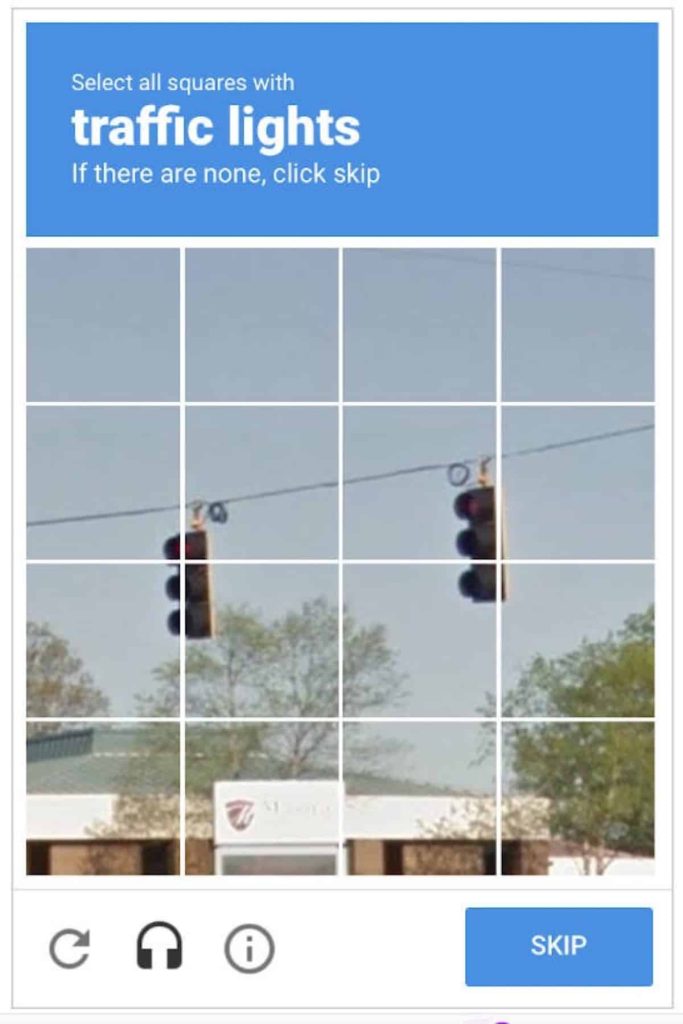A recent report has revealed that the four Information Technology (IT) giants in India – Infosys, TCS, Wipro and Tech Mahindra – laid off over 67,000 workers last year. The IT industry, which is the third largest employer in India also slowed down on hiring and a decline of over 21 percent in job offers made to prospective workers was also noted in the report.
The blame is being put on Artificial Intelligence (AI) and machine learning which has made several jobs redundant. But, is that the whole truth? Maybe not.
While AI has led to an increase in computers being able to accomplish several tasks on their own, it is far from true that AI is know-all, that machines are learning on their own and do not need human intervention any more. The reality is that machines need vast amount of data to be fed to them by humans to be able to accomplish these tasks.

Have you ever been asked to prove that you are human while using the internet? In such a case we are presented with a simple puzzle to prove we are human. A common example is marking all the traffic lights or cars or trucks in a picture. This is how the machine gathers information every day. Thousands of pictures, videos, map coordinates are fed to a computer by human beings in the most mundane and tiring form. These hidden centres where data is ‘harvested’ for consumption of computers are called data farms. In these farms, data is collected from us and used for other purposes, such as research or marketing.
A similar process is followed on factory shop floors where workers are forced to wear contraptions such as gloves, vests or glasses so that machines can learn from the movements of the workers. In short, workers are being paid to train machine which can replace them at the factory or store. But, why do corporations and employers want to replace human beings with machines?
Corporations want us to believe that it’s because machines are more efficient, they ease our lives and make less mistakes than humans do. In reality machines have glitches, have breakdowns and can collapse, more often than we notice. They can be frustratingly slow in performing a simple task – remember calling a helpline which leads to pre-recorded audio or dealing with chat bots. Yet, corporations spend exorbitant amount of money in advertising that machines never falter. But, machines do not have the problem solving skills that humans have. They can not improvise as humans can.
The real reason behind this is that machines do not demand a living wage, social security, leave or safe working conditions or a share in the profits that companies wants to make. When machines are presented as a threat to jobs, it allows employers to pitch workers against each other as they try to retain the very few jobs that are available. It also facilitates a suppression of wages as workers are scared of being replaced. During the COVID-19 pandemic, corporations laid off workers to safeguard their profits, then as markets re-opened, workers still on the roll were made to meet the new targets. A 2022 report of the International Labour Organisation (ILO) shows that Indians are among the most overworked people across the globe. Post-pandemic the number of jobs have declined, but companies are able to get more work done with less number of workers. Workers comply with these unreal targets to protect their jobs.
Machines are supposed to cut the drudgery of human labour, not create fear. Corporations are able to use fear against workers because they hold the information. Workers who are training the machines do not know that they are training them, what this training would be used for, and what it could lead to. The data that is gathered is entirely in the hands of the corporations and so, is the power. A change in the current power dynamics between workers and corporations is only possible if workers have access to information.
In several examples around the world, unions have been able to demand sharing of algorithm and data from corporations. This has helped them negotiate with corporations on protection of jobs and working conditions. It is only by joining forces and sharing this information that workers can strengthen power to negotiate and shape a better future.

Leave a Reply